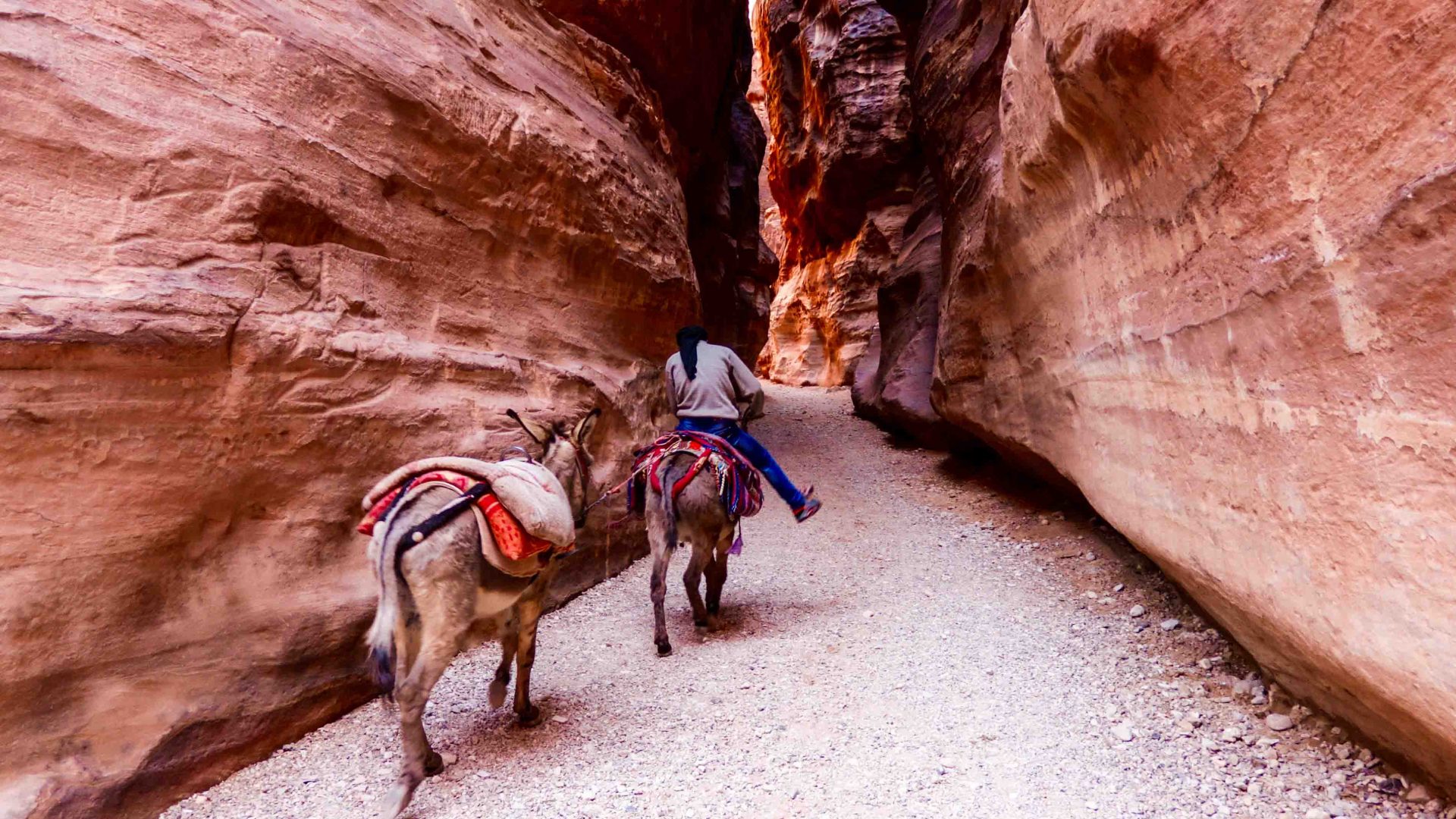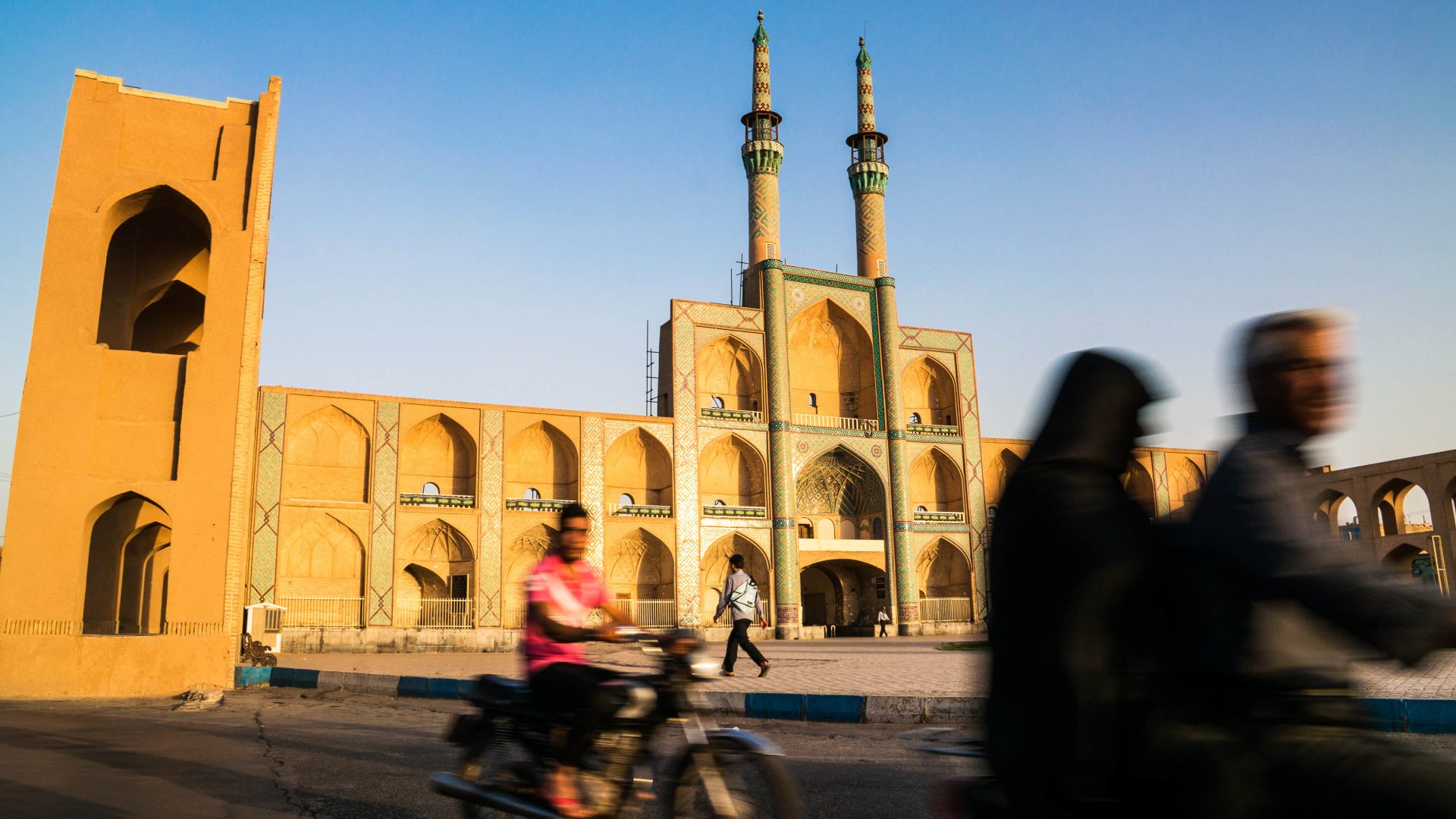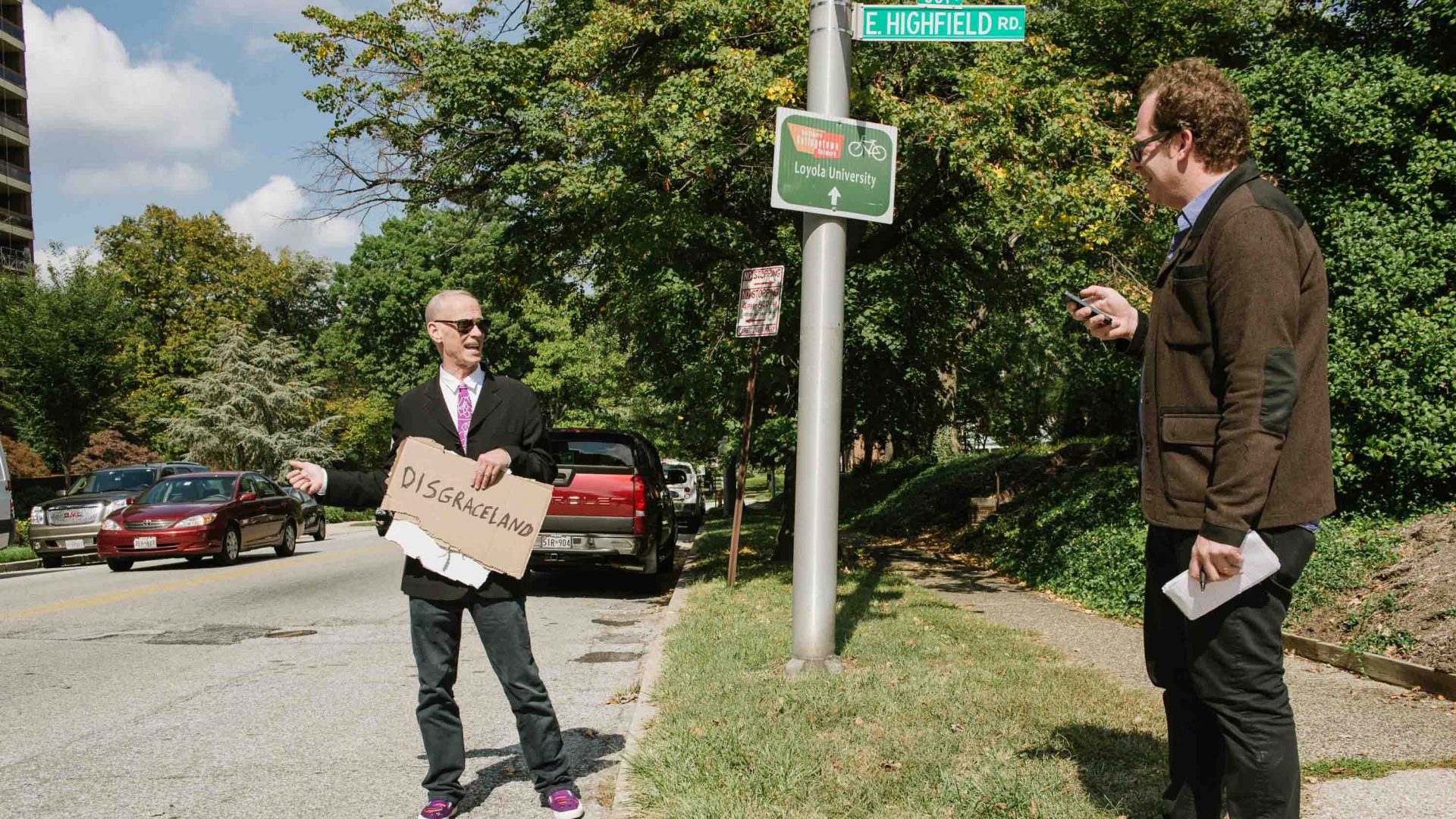
When government travel warnings put a country on a no-go list, what do you do? What’s ‘dangerous’ and what’s the reality? Our featured contributor Leon McCarron explores the gray area in between.
In June 2015, a lone gunman opened fire on tourists outside a beach hotel near Sousse, Tunisia. Before he was killed by the security services, he had shot dead 38 people; it was the deadliest attack of its kind ever recorded in the country.
The vast majority of the victims were British and subsequently, the UK Foreign and Commonwealth Office (FCO) placed Tunisia placed on its ‘no-go’ list for British tourists. Then, in the summer of 2017, rather unexpectedly, that restriction was lifted. But the question many people were asking was: Just how safe is it, and how accurate is this advice?
For the FCO, as for the US State Department and other nations’ equivalents, their job is to provide their citizens with objective information on foreign travel, based on knowledge gathered from local embassies and intelligence services.













